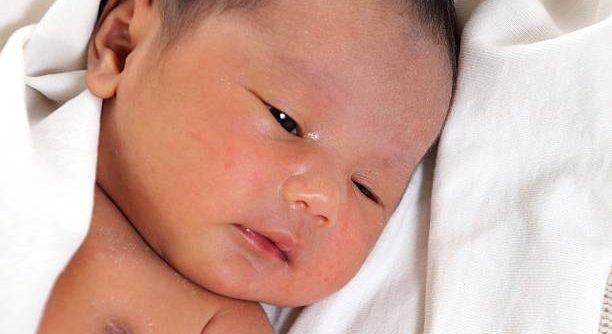SCT Sacrococcygeal Teratoma
Home » SCT Sacrococcygeal Teratoma
What is SCT (Sacrococcygeal Teratoma)?
The exact cause of SCT is unknown. It is thought to arise from primitive cells left over from early embryonic development that grow into a tumor.

Symptoms of Sacrococcygeal Teratoma
SCTs are often detected at birth or even before birth during routine ultrasounds. Symptoms may include:
- Visible mass or swelling near the buttocks or lower back
- Difficulty with urination or passing stool if the tumor presses on pelvic organs
- In some cases, tumors inside the body may cause abdominal swelling or hydrops (severe swelling in the baby before birth)
Diagnosis and Treatment in Ghaziabad
Diagnosis includes:
Prenatal ultrasound often detects SCT before birth.
MRI or CT scans after birth to assess the size and extent of the tumor.
Tumor markers like AFP (alpha-fetoprotein) to monitor for possible malignancy.
Treatment approach:
Surgery: The main treatment is complete surgical removal of the tumor along with the tailbone (coccyx) to reduce the risk of recurrence.
Postoperative monitoring: Regular follow-ups with imaging and AFP levels to check for tumor recurrence or malignancy.
In rare cases, chemotherapy may be needed if malignant changes are found.
Why Choose Us?
- Experienced team of pediatric and neonatal surgeons skilled in SCT management
- Advanced NICU facilities for newborn care and perioperative support
- State-of-the-art imaging and anesthesia care

